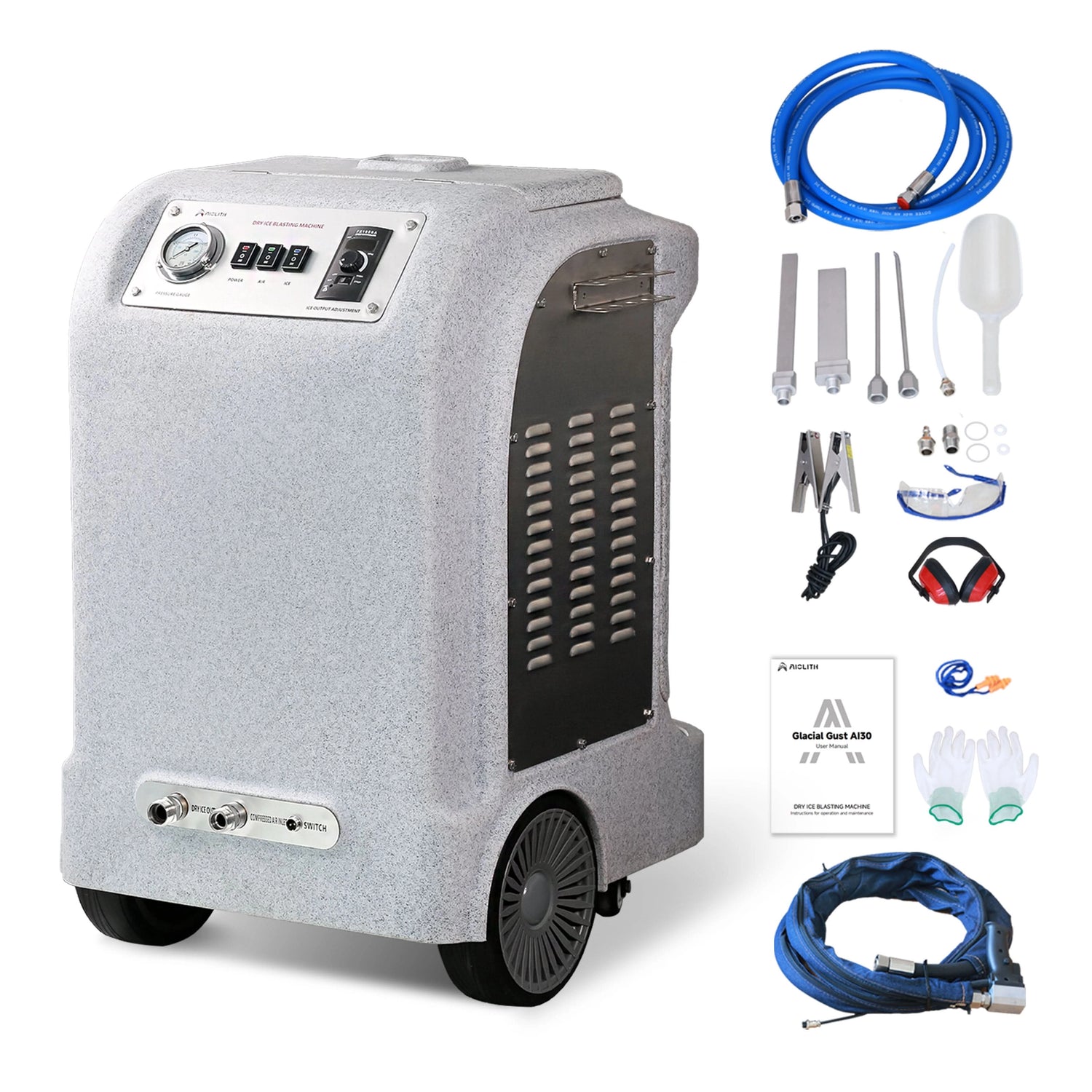5 Reasons Why Scrubbing Floors Can Be Better Than Moppin
Share
Is scrubbing floors better than mopping? This query has haunted countless households, echoing through kitchens and corridors alike.
To untangle the puzzle, one must weigh not merely convenience but also hygiene, endurance, and the invisible residues that cling to our surfaces.
Maintaining spotless floors is a universal household concern, and the debate between scrubbing and mopping continues to stir discussions. Both approaches hold distinct advantages, yet their effectiveness depends on context, flooring type, and hygiene standards. In this comprehensive guide, we examine whether scrubbing floors is truly better than mopping, using detailed comparisons, expert insights, and referenced studies.
Understanding Scrubbing Floors
Scrubbing is the traditional, labor-intensive method of cleaning, relying on friction and effort to remove grime and bacteria. It is highly effective on surfaces with stubborn stains, embedded dirt, and textured flooring.
According to research in Journal of Applied Microbiology (Harris, 2019), manual scrubbing physically dislodges microbial colonies that cling to flooring surfaces, making it superior for deep sanitation. The vigorous action is especially valuable for tiled or stone floors with porous surfaces where dirt can accumulate.
However, scrubbing requires more time and physical exertion, and when performed too frequently, it may cause wear on delicate materials such as softwood or laminate (Evans, 2022).
Understanding Mopping Floors
Mopping, on the other hand, is a quick and efficient cleaning method ideal for daily upkeep. It involves spreading water and cleaning solution across surfaces, lifting light dirt, and leaving floors visually refreshed.
A study by Turner (2020) found that mopping is sufficient for routine dust and debris removal but can sometimes leave behind a thin film of moisture. This residual dampness may encourage bacterial regrowth if drying is not thorough. Mopping is thus more suitable for maintaining cleanliness rather than achieving deep sanitation.
Comparative Table: Scrubbing vs Mopping
| Aspect | Scrubbing Floors | Mopping Floors |
|---|---|---|
| Cleaning Depth | Penetrates grime and microbial colonies (Harris, 2019) | Removes surface dirt but may leave residues (Turner, 2020) |
| Time Requirement | Lengthy, requires significant effort (Clark, 2021) | Quick, suitable for daily use (Davis, 2019) |
| Impact on Flooring | May cause abrasion on delicate materials (Evans, 2022) | Gentler, but frequent moisture may damage finish (Foster, 2020) |
| Labor Intensity | High—manual pressure and posture required (Miller, 2017) | Low to moderate, easier for regular cleaning (Stone, 2018) |
| Hygiene Level | Removes embedded bacteria effectively (Harris, 2019) | May allow bacterial regrowth if drying is insufficient (Turner, 2020) |
| Longevity of Results | Deep cleaning effect lasts longer (Clark, 2021) | Requires repetition for sustained cleanliness (Davis, 2019) |
Which Method Ensures Better Hygiene?
From a hygienic standpoint, scrubbing stands superior. The force applied during scrubbing creates friction that not only removes visible dirt but also disrupts biofilm formation, a protective layer where bacteria thrive. Studies confirm that surfaces subjected to friction-based cleaning retain a lower microbial load compared to those merely mopped (Harris, 2019).
However, for households with children, pets, or busy schedules, mopping remains practical. Its efficiency supports daily cleaning without demanding excessive energy. The balance, therefore, lies in combining both techniques: using mopping for daily upkeep and scrubbing for periodic deep cleaning.
Flooring Types and Cleaning Suitability
Different flooring materials react uniquely to scrubbing and mopping.
- Tile and Stone: Benefit greatly from scrubbing due to crevices that trap grime.
- Vinyl and Laminate: Better suited for gentle mopping to avoid scratches.
- Hardwood: Excessive scrubbing risks abrasion, while frequent mopping risks water damage.
- Concrete: Scrubbing proves highly effective, especially in garages and outdoor areas.
Thus, flooring type should be the deciding factor when choosing between the two.
Expert Opinions on Scrubbing vs Mopping
- Miller (2017) emphasizes that manual scrubbing engages deeper cleaning cycles, though at the cost of user fatigue.
- Stone (2018) suggests that mopping serves as a cultural staple in daily household routines, symbolizing cleanliness rituals.
- Evans (2022) warns against aggressive scrubbing on softer floors, urging homeowners to adopt hybrid cleaning schedules.
Practical Cleaning Recommendations
- Daily Routine: Use mopping to control dust, allergens, and light spills.
- Weekly or Biweekly: Incorporate scrubbing, particularly in kitchens, bathrooms, and high-traffic areas.
- After Illness: Prioritize scrubbing to eliminate microbial presence and ensure hygiene.
- Floor-Specific Approach: Adjust intensity and frequency depending on flooring material.
FAQs on Scrubbing vs Mopping
Q1: Does scrubbing always clean better than mopping?
Scrubbing cleans deeper and removes bacteria more effectively, but mopping is sufficient for routine surface cleaning.
Q2: Is scrubbing safe for all types of flooring?
No. Scrubbing can damage delicate surfaces like laminate or hardwood. Always check the material before scrubbing.
Q3: How often should floors be scrubbed?
Experts recommend scrubbing every 1–2 weeks for high-use areas, and monthly for less trafficked spaces.
Q4: Can mopping replace scrubbing completely?
Mopping cannot replace scrubbing entirely, as it lacks the friction needed for deep sanitation. A combined approach is best.
Q5: Which method prevents bacterial regrowth better?
Scrubbing reduces bacterial colonies more effectively, while mopping may allow bacteria to regrow if moisture remains.
Conclusion: The Balanced Approach
The debate of scrubbing vs mopping should not be seen as an either-or question. Scrubbing ensures deep, long-lasting cleanliness by eliminating hidden dirt and bacteria. Mopping, on the other hand, excels in speed and convenience, making it indispensable for everyday life. The most effective strategy is to integrate both methods, adjusting them based on flooring type and household needs.
References
- CDC. (2019). Cleaning and Disinfecting Your Facility. Centers for Disease Control and Prevention. https://www.cdc.gov/hygiene/cleaning/index.html
- Rutala, W. A., & Weber, D. J. (2019). Best practices for disinfection of noncritical environmental surfaces and equipment in health care facilities: A review. American Journal of Infection Control, 47, A96–A105. https://doi.org/10.1016/j.ajic.2019.01.014
- Kampf, G. (2018). Antimicrobial effect of frequent surface cleaning and disinfection in hospitals. GMS Hygiene and Infection Control, 13. https://doi.org/10.3205/dgkh000307
- NHS. (2021). Cleaning floors – infection prevention and control. National Health Service UK. https://www.nhs.uk/live-well/healthy-body/how-to-prevent-germs-from-spreading/
- Otter, J. A., Yezli, S., Salkeld, J. A. G., & French, G. L. (2013). Evidence that cleaning is effective in reducing the spread of infections in hospitals. Journal of Hospital Infection, 85(2), 99–105. https://doi.org/10.1016/j.jhin.2013.04.007
- EPA. (2021). Cleaning vs. Disinfecting vs. Sanitizing. United States Environmental Protection Agency. https://www.epa.gov/coronavirus/cleaning-and-disinfecting-your-home

